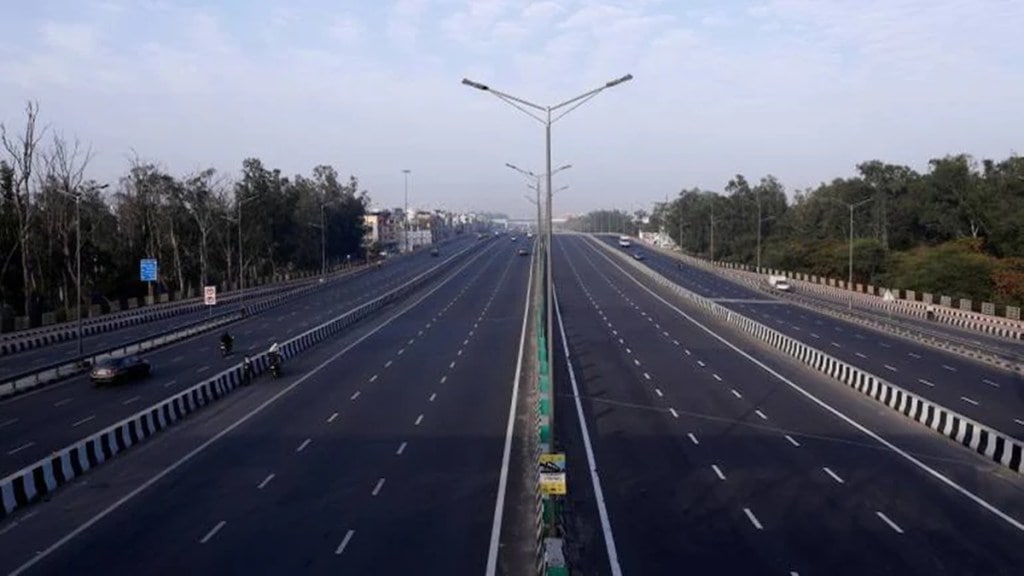The Chairman of the National Highways Authority of India (NHAI), Santosh Kumar Yadav, has announced plans to build four small forests, referred to as “mini Amazons,” using the Miyawaki technique. The objective is to promote greenery at all four points of the cloverleaf located on NH-48, a PTI report said.
The Miyawaki technique, also known as the Miyawaki method or Miyawaki afforestation method, is a unique and innovative approach to ecological restoration and afforestation. The traditional methods of afforestation often involve planting a few tree species in straight rows and waiting for them to grow into a forest over time. However, the Miyawaki technique takes a different approach, aiming to create a forest ecosystem that closely mimics the structure and biodiversity of natural forests.
During his inspection of the Expressway on a Saturday, Yadav highlighted that the commencement of the Dwarka Expressway will significantly improve connectivity between Gurugram and Delhi’s IGI Airport. The project includes the construction of tunnels, underpasses, flyovers, and even flyovers over flyovers, further enhancing the infrastructure, reported PTI.
The construction of the Dwarka Expressway is now in its final stages, aiming to connect Mahipalpur in Delhi with Khedki Daula located on NH 48 in Gurugram. The report further suggested that this ambitious project carries a total cost of approximately Rs 9,000 crore. Out of the entire stretch, 18.9 km lies in Haryana, while 10.1 km falls within the Delhi region.
The Miyawaki technique has gained popularity worldwide due to its effectiveness in restoring degraded land, sequestering carbon, promoting biodiversity, and creating green spaces in urban areas. It has been adopted for afforestation and reforestation projects in various countries as a sustainable and efficient method to restore and preserve natural ecosystems.
Key features of the Miyawaki technique include:
Biodiversity: The method involves planting a wide variety of native plant species in a small area, ensuring greater biodiversity within the forest. This diversity leads to the formation of a complex and stable ecosystem, providing habitat for various wildlife species.
Close planting: Trees and plants are densely planted in the area, often much closer together than in traditional forestry practices. This dense planting encourages vertical growth and reduces competition from weeds, allowing the forest to establish quickly.
Multi-layered vegetation: The technique promotes the growth of different layers of vegetation, such as tall trees, sub-canopy trees, shrubs, and ground cover plants. This multi-layered structure mimics natural forests and contributes to enhanced ecological stability.
Organic soil preparation: Before planting, the soil is enriched with organic matter, compost, and nutrients to support the rapid growth of plants and create fertile ground for the forest to thrive.
Minimal maintenance: Once established, Miyawaki forests require minimal maintenance compared to traditional monoculture plantations. The diverse plant species help protect against pests and diseases and reduce the need for external inputs like fertilizers.
